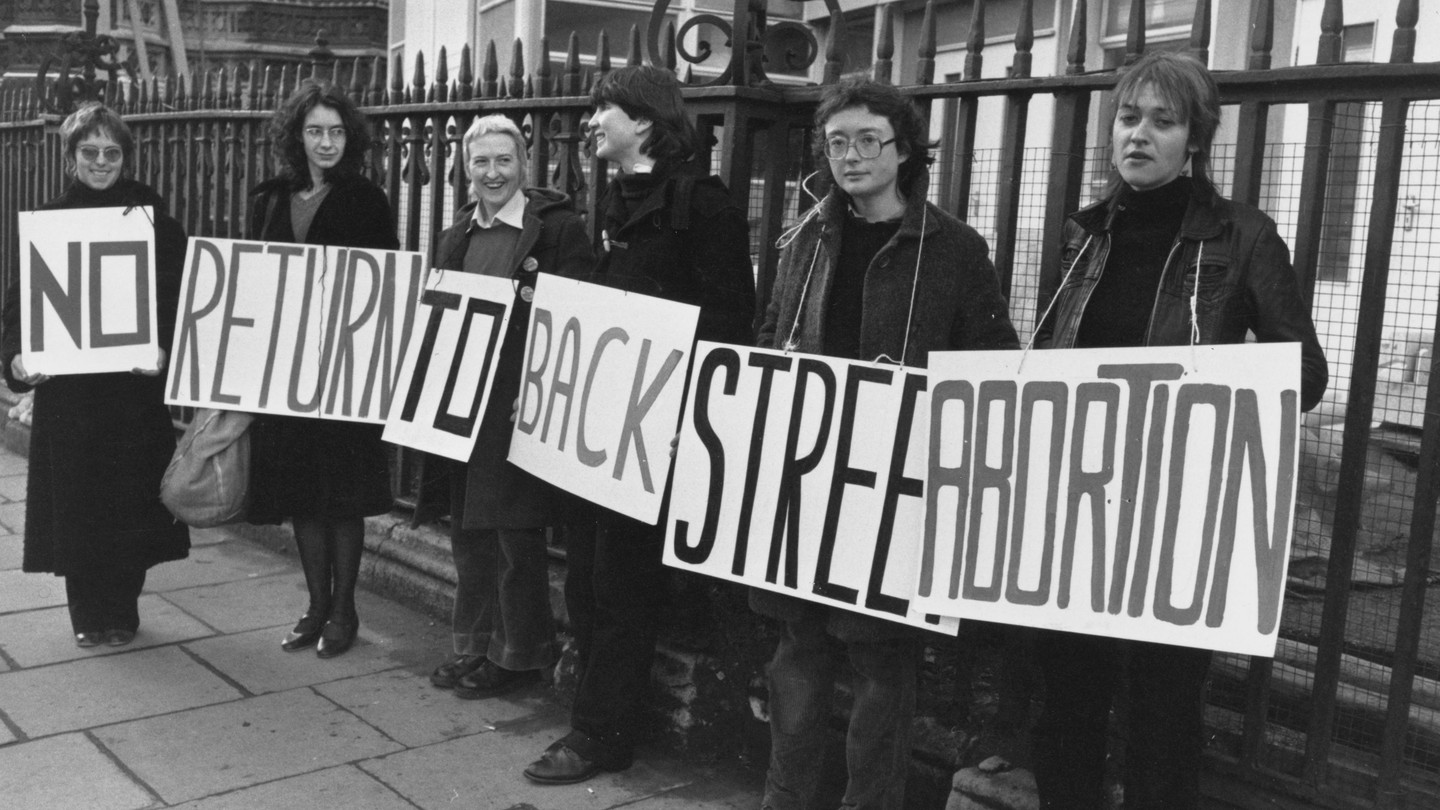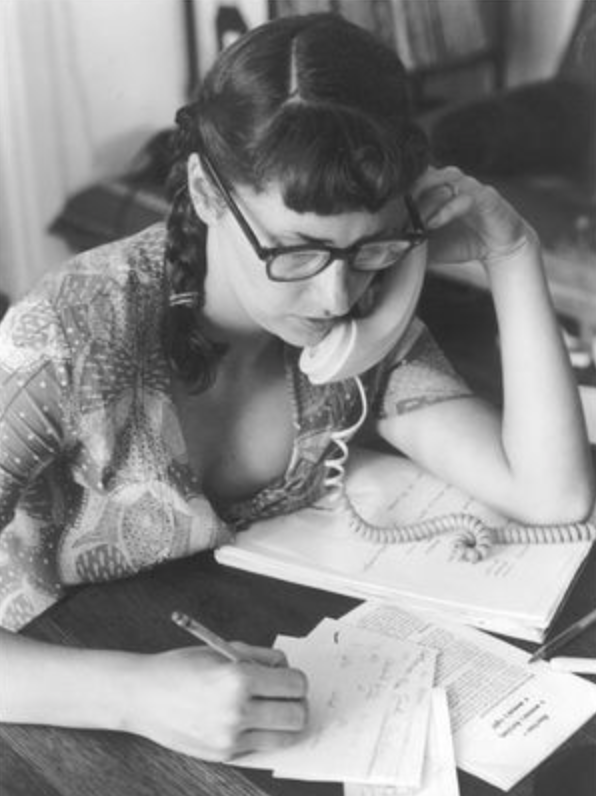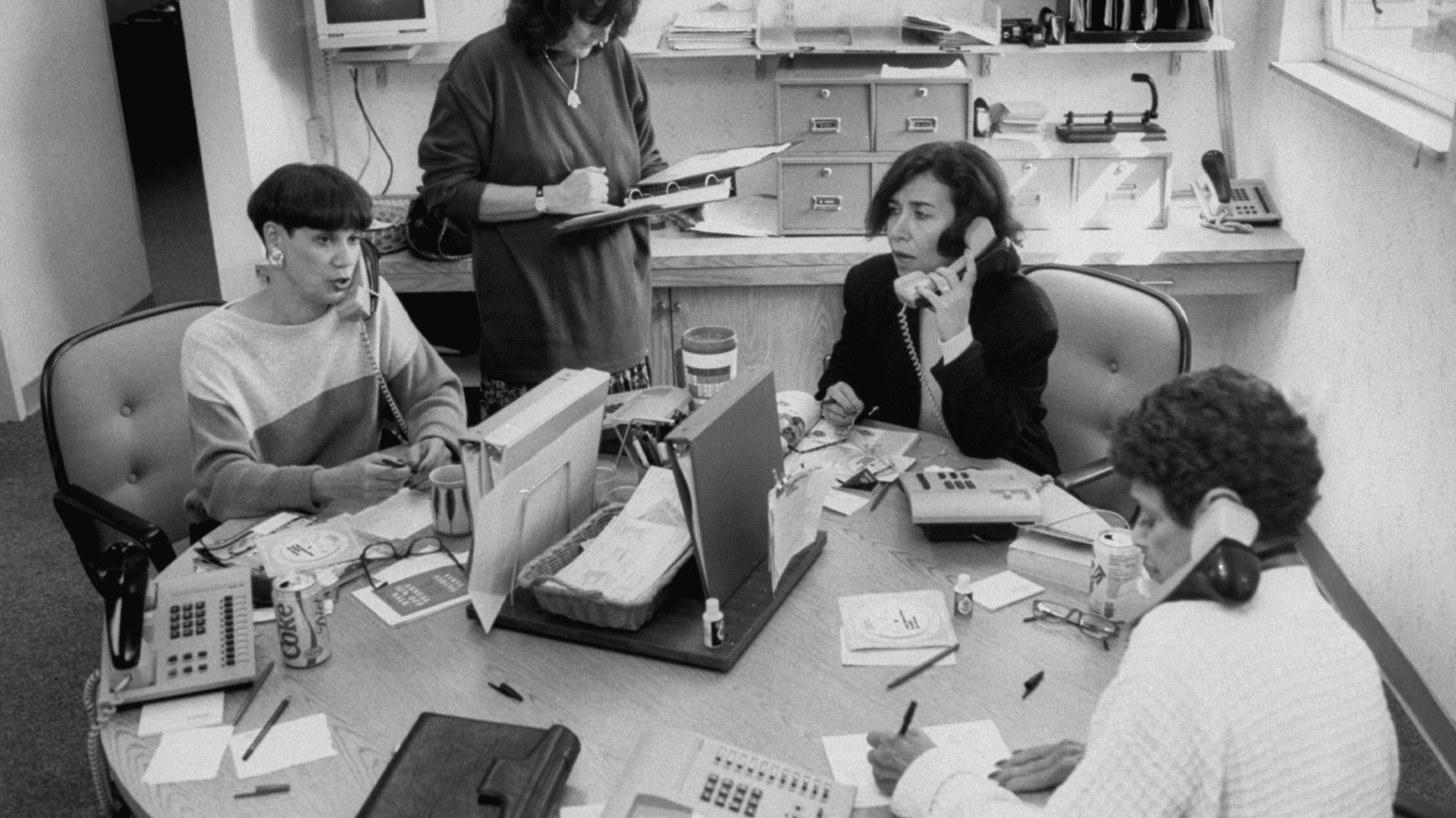“Jane” sought to provide safe abortions for all women. Often times, a woman’s race, demographic, location, and background would determine her opportunity to recieve an abortion.
“One in four white women who sought an abortion died from it, compared to one in two non-white women and Puerto Rican women”
-Guttmacher Institute
Video retrieved from a New York Times study done in collaboration with Heather Booth and several of the "Janes"

Women protest the back alley abortion popular at the time as they understand the fatal consequences associated with the procedures.
These women lacked access to abortion clinics and accurate information, so they were forced to resort to back alley procedures which were often just as dangerous as doing it at home.Specifically women in rural areas were almost entirely cut off from mainstream education on the topic.
"The mortality rate due to illegal abortion for non-white women was 12 times that for white women."
-Guttmacher Institute describes life before Roe v Wade

